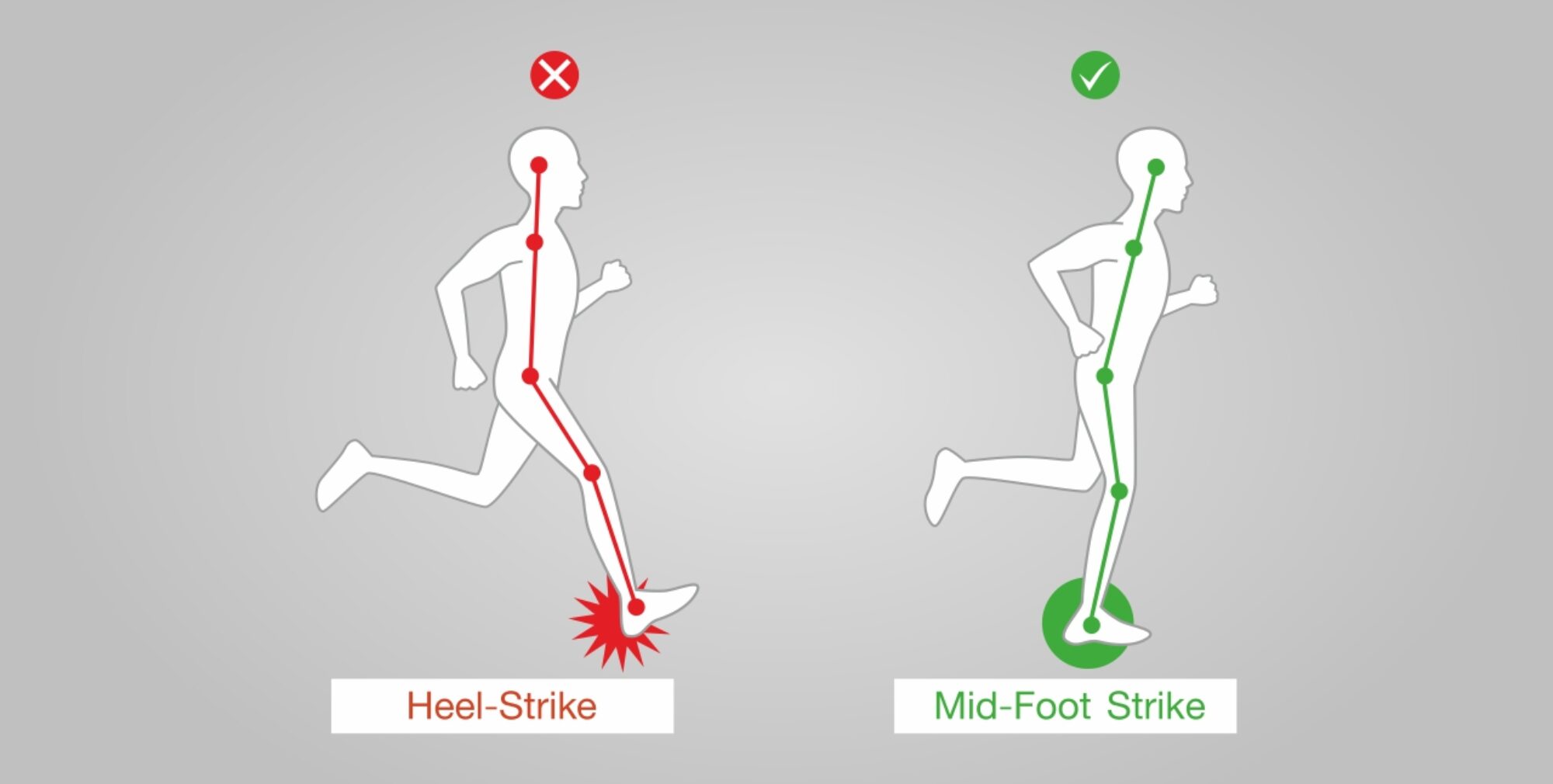Running is a great way to stay fit and healthy, but it’s important to wear the right shoes to avoid injuries. With so many different running shoes on the market, it can be challenging to choose the right ones for your individual needs. Here are some of the challenges that runners face when selecting running shoes:
1. Finding the right fit
Running shoes should be comfortable yet still fit snugly. Your longest toe and the end of the shoe should be separated by roughly half an inch if they are long enough. In order to allow your toes to wiggle, they should also be sufficiently wide. Try on running shoes as soon as possible in the evening, when your feet are at their widest.
2. Choosing the right type of shoe
There are different types of running shoes designed for different purposes. For example, there are trail running shoes, road running shoes, and racing shoes. It’s important to choose a shoe that’s designed for the type of running you’ll be doing.
3. Considering your foot type
Some people have flat feet, while others have high arches. There are also people who have overpronation or under pronation. It’s important to choose a running shoe that’s designed for your foot type.

4. Finding the right cushioning
Running shoes come with a variety of cushioning levels. Some runners prefer a lot of cushioning, while others prefer a more minimalist shoe. It’s important to experiment with different cushioning levels to find what works best for you.
5. Finding the right support
Some running shoes offer more support than others. Runners who need extra support may want to choose a shoe with stability features.
6. Balancing price and quality
Running shoes can range in price from around $50 to $200 or more. It’s important to find a shoe that fits your budget and your needs.
Tips for selecting running shoes
If you’re not sure how to choose the right running shoes for you, here are a few tips:
- Go to a running specialty store and get fitted by a professional. They can help you find the right shoes for your foot type and running style.
- Try on several different pairs of shoes before you buy them. Walk and run around in the shoes to make sure they’re comfortable and fit well.
- Consider your budget and your needs when choosing shoes. Don’t feel pressured to buy the most expensive shoes.
- Replace your running shoes every 300-500 miles, or sooner if they show signs of wear and tear.
Conclusion
Choosing the right running shoes is important for avoiding injuries and improving your performance. By following the tips above, you can find the perfect shoes for your individual needs.

